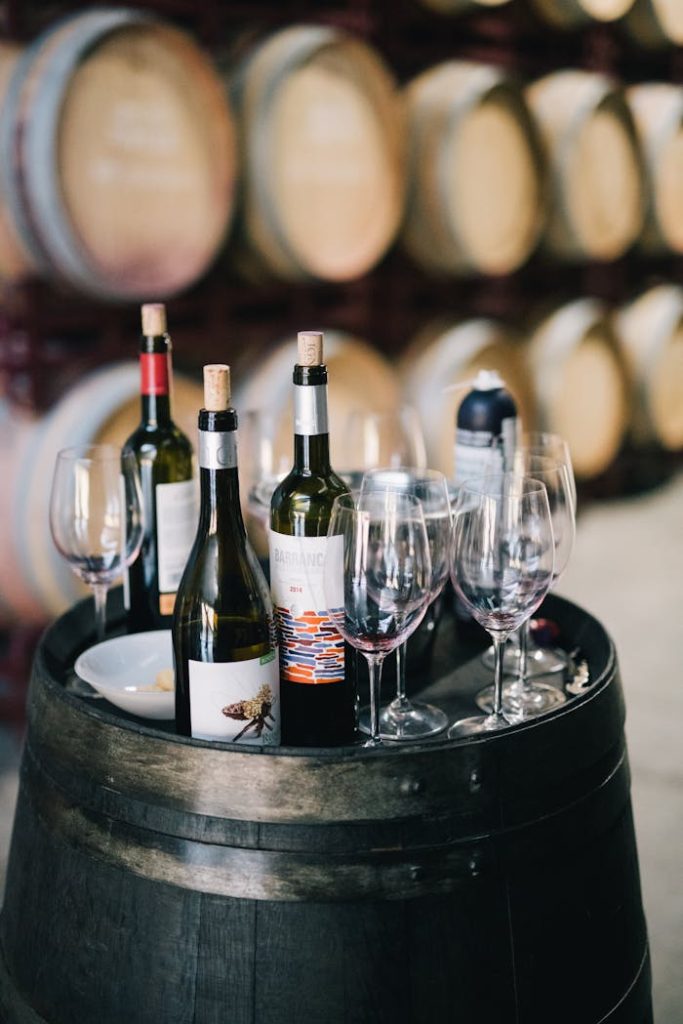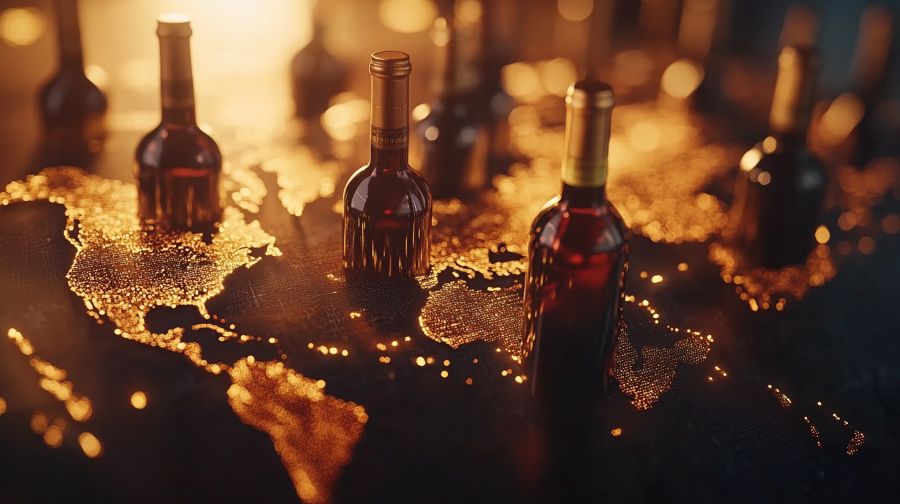Writing about Wine
Writing about wine is more than just describing flavors and aromas—it’s about storytelling, emotion, and creating an experience that captivates the reader. Whether you’re crafting a blog post, an article, or marketing content for a wine brand, the goal is to engage, educate, and inspire. In an industry steeped in history and culture, words must flow as smoothly as a well-aged vintage, inviting readers to savor every sentence.
Why Writing About Wine Matters
The global wine industry is highly competitive, and consumers are increasingly looking for engaging content before making purchasing decisions. A compelling wine story can:
- Differentiate a brand in international markets
- Connect with consumers on an emotional level
- Educate readers about wine regions, varietals, and tasting notes
- Influence purchasing behavior and build loyalty
So, how do you transform technical descriptions into compelling narratives that draw readers in?
1. Engage the Senses
Wine is an experience—its taste, aroma, and texture evoke emotions and memories. Great wine writing should do the same. Instead of simply stating that a Chardonnay has “notes of citrus,” transport your reader:
“This crisp Chardonnay bursts with the zest of sun-ripened lemons, balanced by the delicate whisper of vanilla from oak aging—a taste of summer in every sip.”
Using sensory-driven language helps readers feel the wine before they even taste it.
2. Tell a Story
Every wine has a story, whether it’s the vineyard’s history, the winemaker’s philosophy, or the unique terroir shaping its character. Readers connect with narratives that go beyond flavor profiles.
- What inspired this wine?
- How does its origin influence its personality?
- What makes it different from the rest?
Example:
“Nestled in the rolling hills of Burgundy, this Pinot Noir is crafted by a third-generation winemaker whose passion for biodynamic farming brings out the purest expression of the land. Each bottle is a tribute to tradition, patience, and nature’s rhythm.”
By weaving storytelling into wine writing, you create an emotional bond between the reader and the wine brand.
3. Keep It Accessible
Not all readers are sommeliers. While technical details are valuable, they should be presented in a way that feels inviting rather than intimidating. Balance expertise with approachability.
Instead of: “This wine exhibits high acidity and medium tannins, with a structured finish.”
Try: “Bright and refreshing, this wine offers a lively zest that lingers pleasantly on the palate.”
Making wine descriptions engaging ensures that all consumers, from novices to connoisseurs, can appreciate and relate to them.
4. Evoke Emotion and Atmosphere
Wine is often associated with moments—romantic dinners, celebrations, or quiet evenings by the fire. Setting the scene helps readers imagine themselves enjoying the experience.
Example:
“Picture yourself on a sun-drenched terrace in Provence, a glass of rosé in hand, its delicate strawberry notes dancing on your tongue as a warm breeze carries the scent of lavender through the air.”
By crafting wine content that taps into emotion, you create a connection that goes beyond the product itself.
5. Understand Your Audience
Are you writing for casual wine lovers, industry professionals, or international buyers? Tailoring your tone and approach ensures the content resonates.
- Casual consumers – Keep it fun, engaging, and light on jargon.
- Serious wine enthusiasts – Offer deeper insights into terroir, vinification, and food pairings.
- Industry professionals – Focus on market trends, trade insights, and technical aspects.
6. Make It Shareable
In the digital age, wine writing should be crafted with engagement in mind. Use:
- Catchy headlines
- Visually appealing descriptions
- Short, punchy sentences for social media posts
- SEO-optimized content for blogs and websites
Example:
“The Perfect Wine for Every Occasion: How to Choose Like a Pro”
A well-written article that is informative, entertaining, and easy to share helps expand reach and engage a wider audience.
Final Thoughts: Writing About Wine is an Art
Mastering the art of wine writing requires a balance of sensory language, storytelling, accessibility, and emotion. Whether you’re crafting content for a wine brand, a blog, or international consumers, the goal is to make readers feel connected—to the bottle, the vineyard, and the experience.
The next time you write about wine, don’t just describe it—bring it to life. After all, great writing, like great wine, should be savored.
Are You Ready to Elevate Your Wine Content?
If you’re looking to create compelling wine marketing content, engaging brand stories, or SEO-optimized blog posts, let’s collaborate to bring your vision to life.



